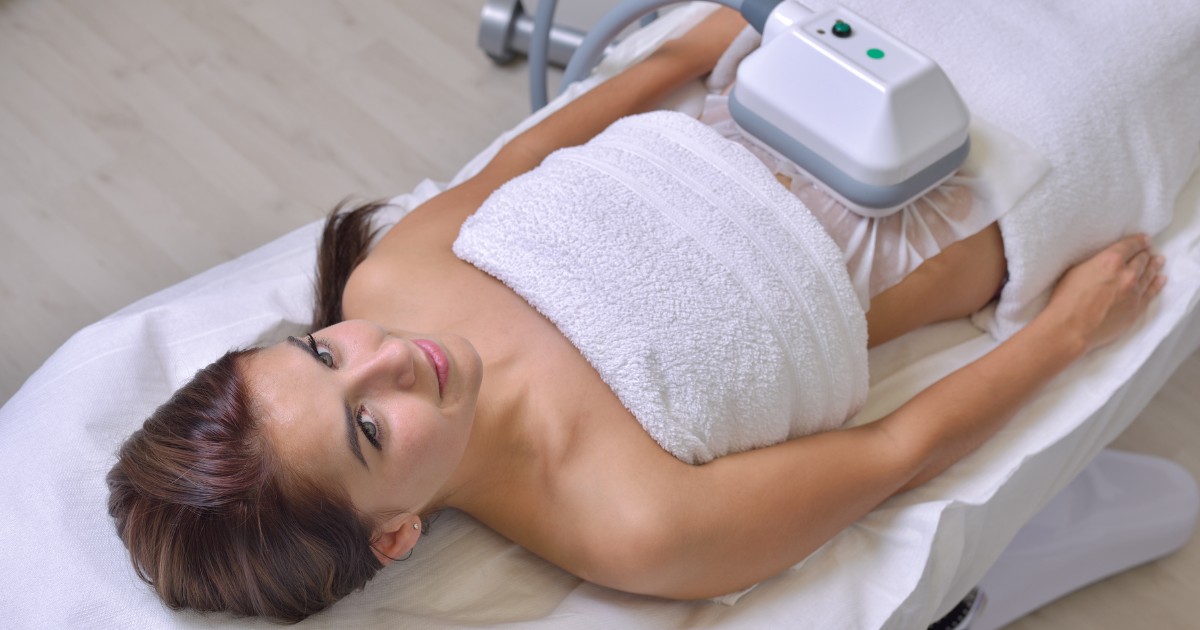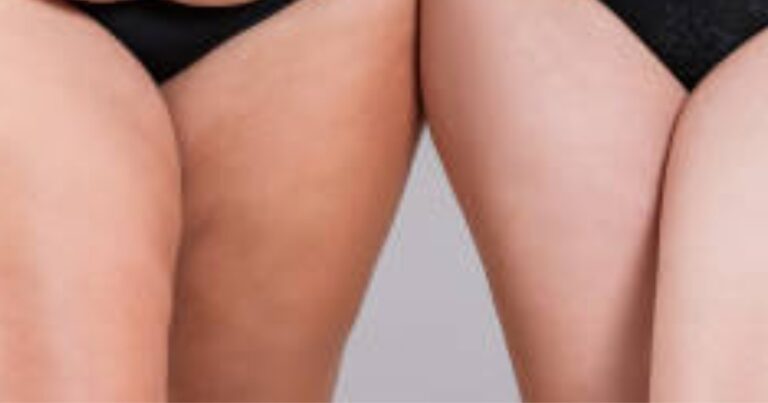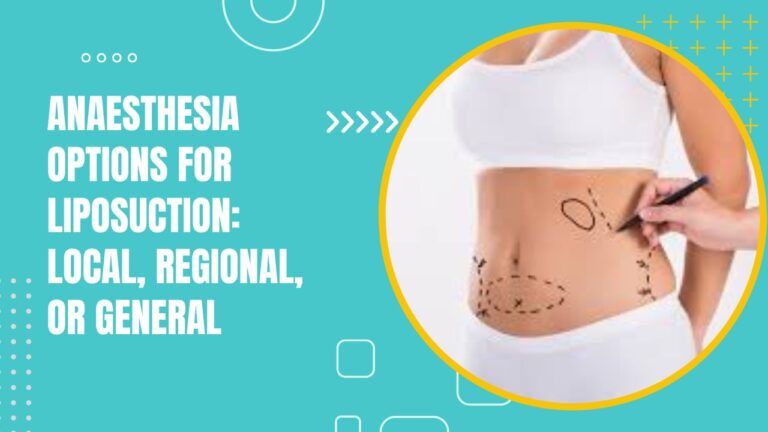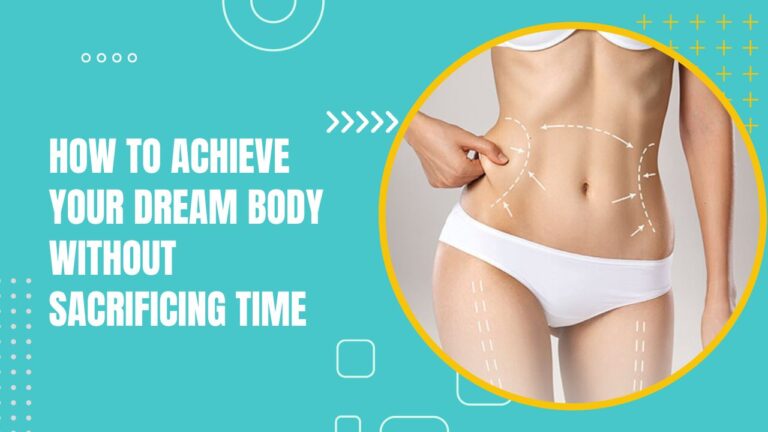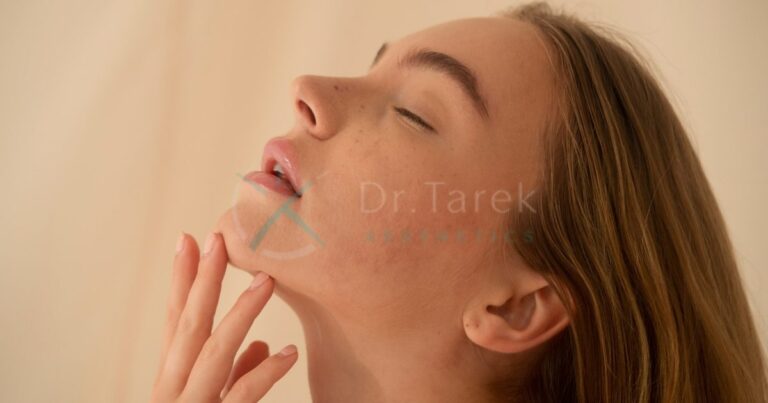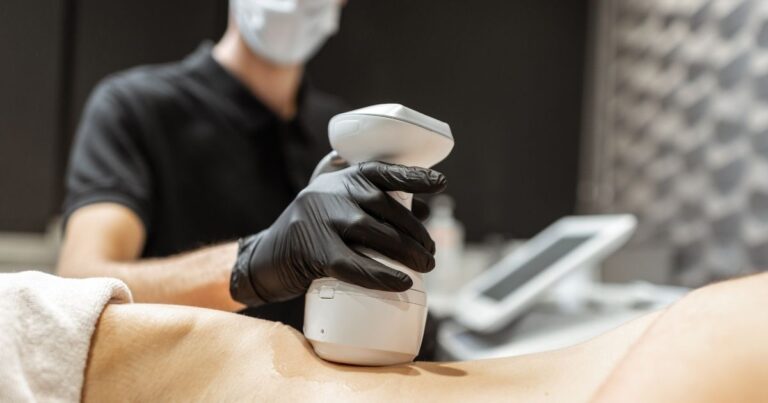The desire for a sculpted physique has led many to seek fat reduction treatments. While liposuction remains a popular choice, technological advancements have introduced many alternative methods.
The following guide explores the question, “What Are the Alternatives to Liposuction for Fat Reduction ?” offering insights into their effectiveness and benefits.
What Are Non-Surgical Alternatives to Liposuction for Fat Reduction?
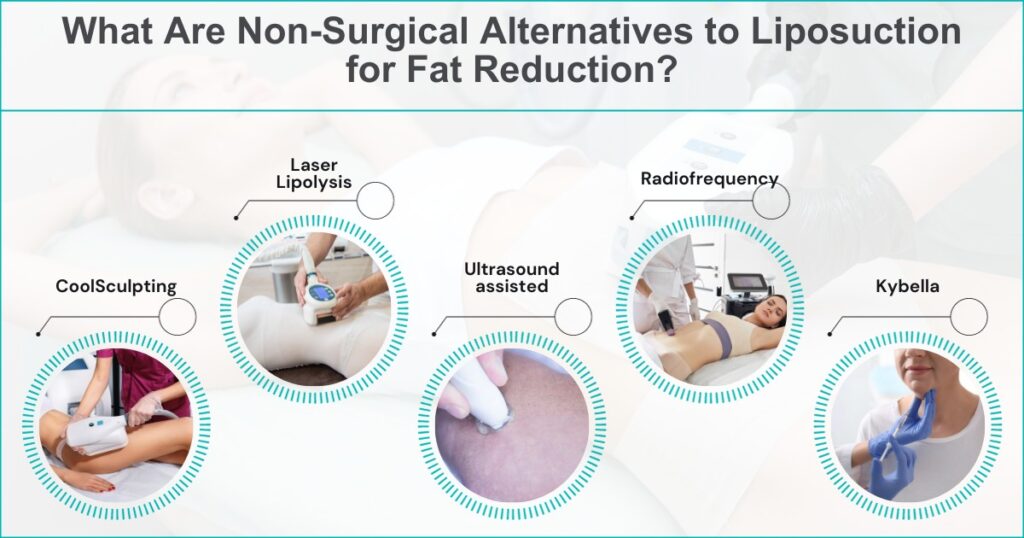
Non-surgical fat removal treatments provide alternatives to liposuction that typically require less downtime. These procedures are less invasive and often employ technology to break down fat cells.
| Alternative | Description |
| CoolSculpting | Uses controlled cooling to target and freeze fat cells, which are later metabolised by the body. |
| Laser Lipolysis | A non-invasive technique where laser energy is used to heat and liquefy fat cells. |
| Ultrasound-assisted | Non-invasive method using ultrasonic waves to target and break down fat cells. |
| Radiofrequency | Applies radiofrequency energy to heat fat cells, causing them to break down and be metabolised. |
| Kybella | The injectable treatment is primarily used for a double chin that dissolves fat cells. |
This table provides an overview of non-surgical options for fat removal, highlighting their working mechanism, recovery time, and relative cost.
Book A Consultation With Dr Tarek Bayazid
Top-rated Plastic Surgeon For Liposuction in Dubai
Installment Plan Available
How Does Coolsculpting Compare To Liposuction?
CoolSculpting is a non-invasive procedure that freezes fat cells, whereas liposuction surgically removes them. Both methods aim to reduce unwanted fat, but their processes and recovery times differ.
| Aspect | CoolSculpting | Liposuction |
| Method | Non-invasive freezing of fat cells. | Surgical removal of fat using a cannula. |
| Anesthesia | Not required. | Typically, local or general anaesthesia. |
| Downtime | Minimal to none. | Several days to weeks, depending on the extent. |
| Treatment Time | Usually, it is 30 mins to 1 hour per area. | Typically 1-4 hours. |
| Results | Gradual, over 2-6 months. | Immediate, with final results visible after the swelling subsides. |
| Suitability | Best for small fat pockets and touch-ups. | Effective for more extensive fat removal and more dramatic contouring. |
| Risks | Redness, minor swelling, and numbness in the treated area. | Bruising, swelling, infection, scarring, complications from anaesthesia. |
Comparison between CoolSculpting and Liposuction on various parameters to help individuals choose the best treatment option.
Are Fat-Freezing Treatments As Effective As Liposuction?
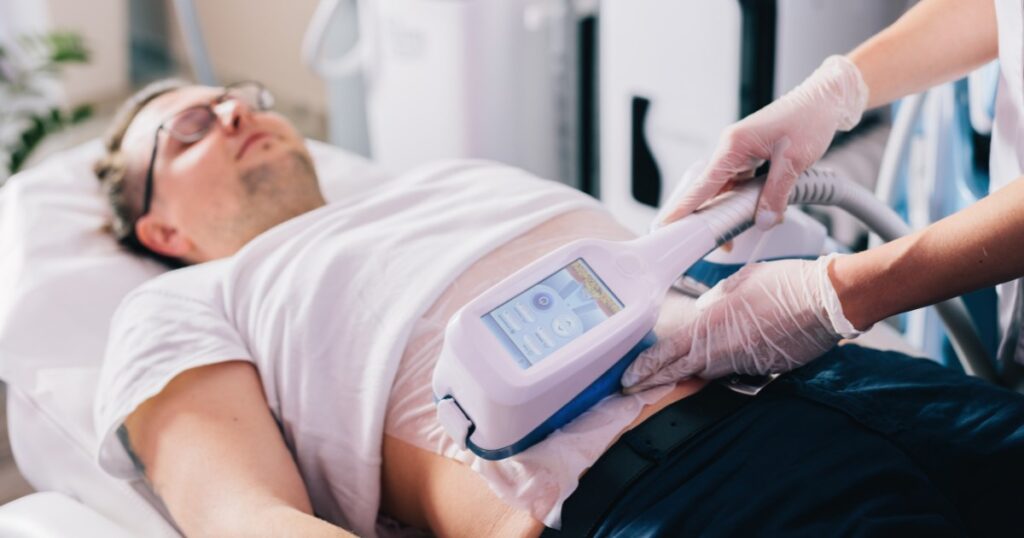
Fat-freezing treatments, like CoolSculpting, offer non-invasive fat reduction, but results might not be as immediate or dramatic as liposuction. Effectiveness varies based on individual factors.
- Immediate Results- Liposuction provides; fat freezing requires time.
- Invasiveness- Fat freezing is non-invasive; liposuction is surgical.
- Areas Treated – Liposuction can treat larger sizes; fat freezing targets specific pockets.
- Cost – Fat-freezing treatments might be more cost-effective.
- Duration – Fat-freezing sessions are shorter than liposuction surgery.
- Safety – Fat-freezing has fewer risks compared to surgical procedures.
What Is Ultrasound Fat Reduction, And How Does It Work?
Ultrasound fat reduction employs high-frequency sound waves to target and break down fat cells, which the body naturally eliminates.
- Process – Ultrasound energy disrupts fat cell membranes.
- Effectiveness – Targets specific pockets of resistant fat.
- Safety – Non-invasive and generally considered safe.
- Duration- Sessions typically last under an hour.
- Results – This can be seen in weeks to months after treatment.
- Post-Treatment- Minimal to no downtime required.
How Do Radiofrequency Treatments Reduce Fat?
Radiofrequency treatments utilise energy to heat the deeper layers of skin, inducing collagen production and disrupting fat cells, which the body naturally processes.
- Mechanism- Energy heats fat cells, causing them to break down.
- Skin Benefits- Promotes collagen production for skin tightening.
- Duration- Treatments usually last less than an hour.
- Safety – Generally safe with a skilled practitioner.
- Results- Seen progressively over weeks to months.
- Post-Treatment- Minimal recovery time.
Can Laser Treatments Help With Fat Reduction?
Laser treatments for fat reduction emit light energy that penetrates the skin to target and disrupt fat cells, leading to their gradual elimination from the body.
- Mechanism – Lasers target fat cells, generating heat and breaking them down.
- Safety – Non-invasive with minimal side effects.
- Duration- Each session is quick, typically under an hour.
- Post-Treatment – Little to no downtime.
- Results – Gradual appearance over weeks to months.
- Varieties- Different laser technologies target specific areas or depths.
What Are The Benefits Of Using Kybella For Double Chin Fat Removal?
Kybella is an FDA-approved injectable treatment designed to reduce submental fat, commonly known as a double chin.
- Effectiveness – Directly targets and destroys fat cells in the chin area.
- Non-surgical – No incisions or general anaesthesia required.
- Recovery – Minimal downtime compared to surgical procedures.
- Duration – Multiple sessions may be needed for desired results.
- Safety – Possible side effects include swelling or bruising.
- Results- Permanent fat cell reduction in the treated area.
Is There A Natural Way To Reduce Body Fat Without Surgery?
Natural methods like diet, exercise, and lifestyle changes remain the primary means to reduce body fat without surgical interventions.
| Method | Description |
| Diet | Adopt a balanced, calorie-controlled diet to promote fat loss. |
| Exercise | Combine aerobic activities with strength training for effective fat-burning and muscle toning. |
| Sleep | Aim for 7-9 hours nightly; adequate sleep supports metabolic health and fat loss. |
| Stress Management | Chronic stress can promote fat storage; meditation or yoga can help manage stress. |
| Stay Hydrated | Drinking water can boost metabolism and aid in fat loss. |
| Avoid Alcohol and sugary Drinks | These can add extra calories and hinder fat loss. |
This table provides insights into natural methods for body fat reduction, emphasising the mechanism, effectiveness, and relative cost.
What Are The Risks Associated With Non-Surgical Fat Reduction Methods?
While non-surgical methods are safe, potential risks include temporary discomfort, swelling, bruising, or skin sensitivity.
| Treatment | Common Side Effects | Rare Risks | Duration of Side Effects |
| CoolSculpting | Redness, swelling | Skin sensitivity | Days |
| Ultrasound | Mild discomfort | Burns | Days to Weeks |
| Radiofrequency | Temporary warmth | Skin discolouration | Days |
| Laser Treatments | Mild redness | Burns | Days to Weeks |
| Kybella | Swelling, bruising | Nerve injury | Weeks |
| Injection Lipolysis | Swelling, bruising | Allergic reaction | Days to Weeks |
Table detailing potential risks associated with various non-surgical fat reduction methods, including common and rare side effects.
Are There Any Topical Creams That Effectively Reduce Fat?
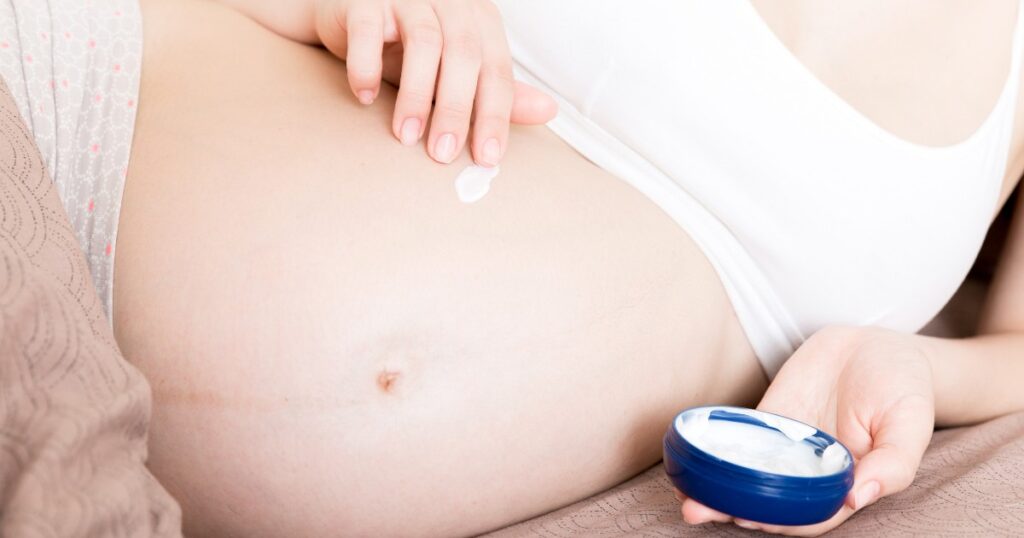
Topical creams claim to reduce fat, but their efficacy is limited and often temporary, with results varying wildly among individuals. Cellulite removal “Thigh Liposuction: Cellulite Dissolution?” is a process where doctors remove fat from your thighs to reduce the appearance of cellulite. It’s like vacuuming out the unwanted fat to make your skin smoother. Fat Journey Post-Liposuction is the process of managing your weight and staying healthy after having a surgery to remove excess fat. It’s like a journey to keep your body fit after the doctor takes out some fat.
- Limited Efficacy – Creams may offer temporary skin tightening.
- Active Ingredients – Some contain caffeine or amino acids.
- Surface Impact- Most creams work on the skin’s surface, not deeper fat layers.
- Adjunct Treatment- Best used alongside other fat reduction methods.
- Safety- Generally safe, but always patch-test for allergic reactions.
- Consultation- Dermatologists can guide effective products.
What Should One Consider When Choosing An Alternative To Liposuction?
Choosing an alternative to liposuction depends on individual goals, budget, and comfort level with the procedure, among other factors.
- Treatment Goals – Understanding desired outcomes is crucial.
- Budget Considerations – Some treatments are more cost-effective than others.
- Safety and Risks- Research each method’s potential side effects.
- Practitioner Expertise – Ensure they have experience with the chosen method.
- Recovery Time- Consider personal downtime preferences.
- Consultation – Discuss options with professionals for informed decisions.
Understanding the alternatives to liposuction for fat reduction can empower individuals to make informed decisions about their body contouring journey. These modern methods, characterised by reduced invasiveness and recovery times, offer a spectrum of possibilities for achieving desired aesthetic outcomes.
Dr Tarek Bayazid , a renowned plastic surgeon in Dubai, is celebrated for his innovative techniques and natural results in facial rejuvenation and body contouring. Trained under Europe’s finest and affiliated with prestigious associations, his expertise ensures exceptional outcomes.
Eager for a personalised approach? Book a consultation with Dr Tarek Bayazid to explore the best fat-reduction alternatives.
FAQs
How do non-invasive treatments affect skin elasticity?
Treatments like CoolSculpting and radiofrequency can improve skin elasticity.
What risks are associated with non-surgical fat reduction?
Common risks include redness, swelling, and mild discomfort.
How long-lasting are the results of alternative fat reduction treatments?
Varies by treatment, but lifestyle habits greatly influence longevity.
What’s the recovery difference between liposuction and non-surgical methods?
Non-surgical treatments have minimal recovery, while liposuction often requires weeks.
Do topical creams work for fat reduction?
Their efficacy is limited, mainly offering temporary skin tightening.
